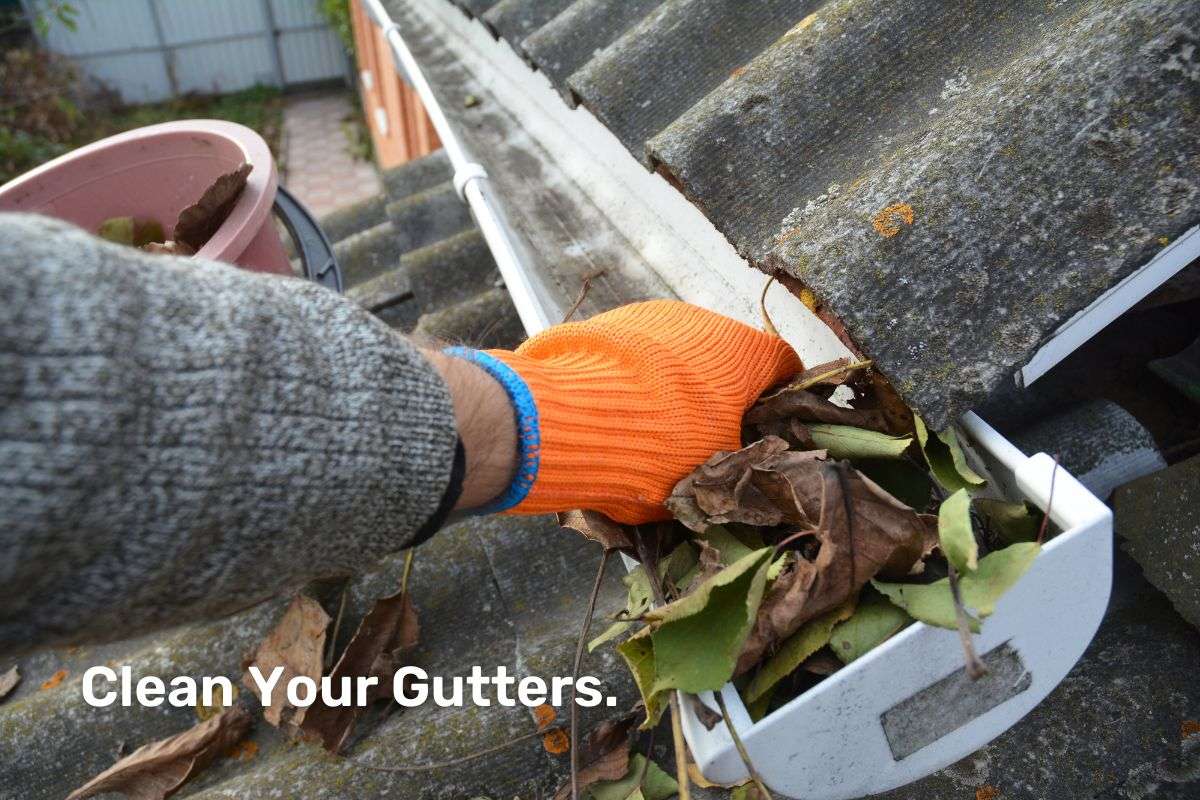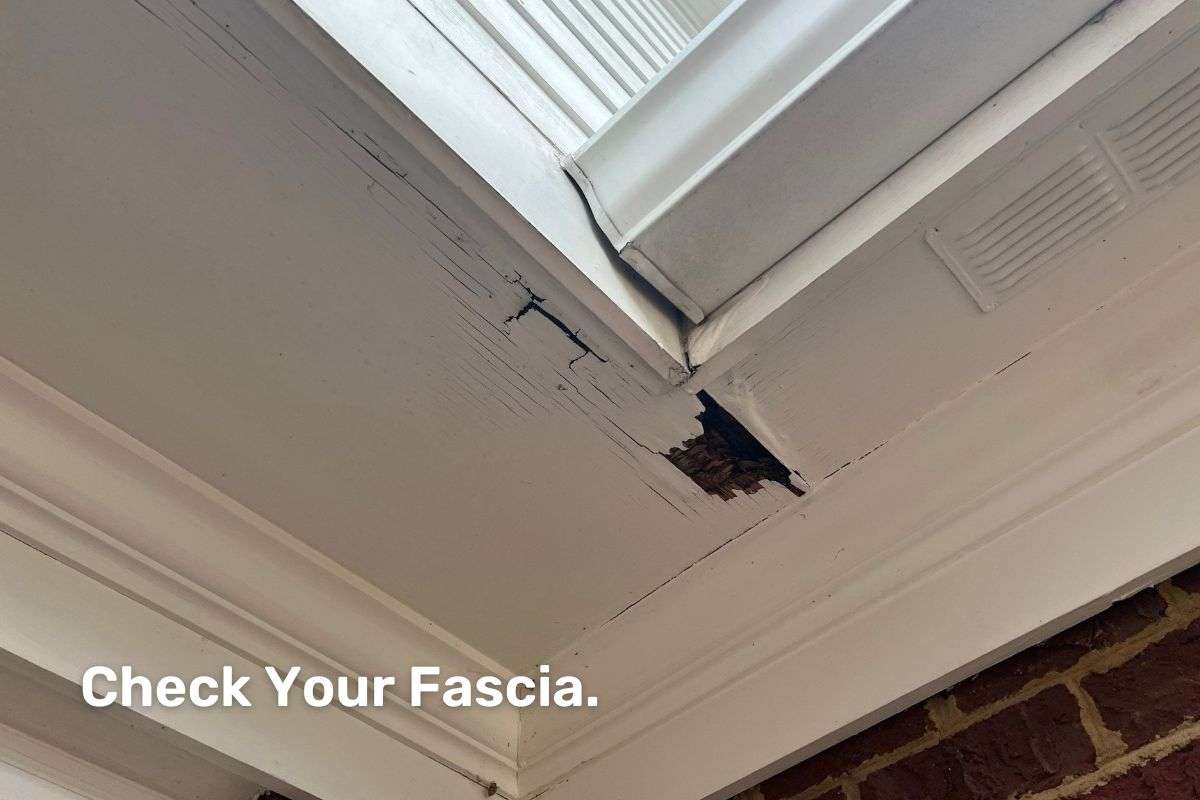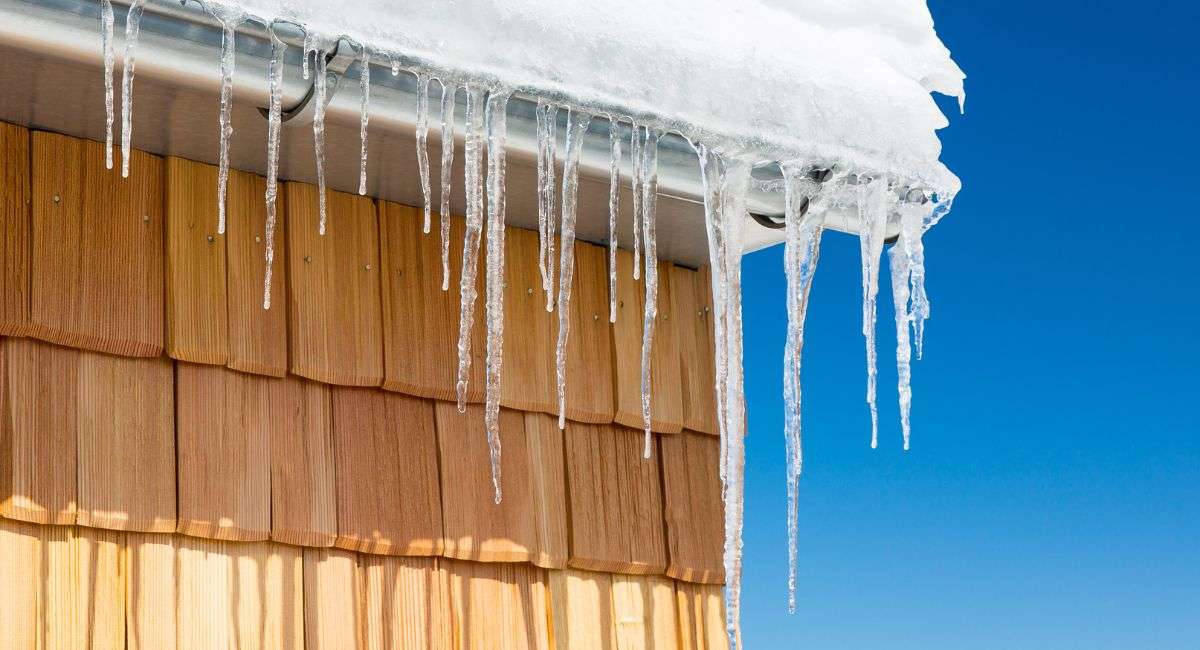Your Biannual Roof Maintenance Checklist
Welcome to your Biannual Roof Maintenance Checklist! Regular roof maintenance is vital to ensure the longevity and structural integrity of your home. We recommend performing regular roof inspections on your roof at least twice a year, in the spring and fall seasons. This checklist will guide you through the essential tasks* that should be included in your routine maintenance.
*We highly recommend visually inspecting these checks from the ground because climbing onto your roof is dangerous. If you notice any issues, contact a professional roofing contractor for help.*
Clean Your Gutters.
Cleaning your gutters is one of the must-dos for good home maintenance. Gutters are essential for directing water away from your roof and foundation, which saves them from potential damage. But over time, stuff like leaves, twigs, and dirt can pile up and clog them, stopping proper drainage.
If you ignore clogged gutters, you’re asking for trouble. Water can build up, and the weight of it puts pressure on the gutters, which might start pulling away from the roof. Those gaps can let water sneak into your roofing system, causing serious damage.
To keep your gutters in shape, a monthly cleaning routine is perfect. If you constantly deal with debris, think about installing a gutter guard. It lets water flow through while keeping out leaves and other debris.

Check Your Window Seals.
Windows are great for letting in natural light and fresh air, but they can also sneak in moisture if you’re not careful. To keep your home energy-efficient and leak-free, it’s a good idea to check the seals around your windows regularly. Weather can wear them down or crack them over time, letting water and air sneak in. So, a quick inspection now and then can save you a lot of trouble!
This can lead to damage to your walls, roof, and the underlying structure. If you observe any signs of damage, such as loose seals or moisture, it is advisable to promptly repair or replace them.
Check Your Flashing.
Flashing is super important for keeping your roof in good shape, especially around tricky spots like chimneys, vents, and skylights. Basically, it stops water from sneaking into these areas and causing roof leaks or mold. But, just like everything else, flashing can wear out over time because of rain, snow, wind, or just regular old wear and tear. Watch out for things like bent metal, loose pieces, or too much caulking—these are signs your flashing isn’t doing its job.
If you spot any of these, it’s probably a good idea to call in a pro to check it out. Monitoring your flashing and fixing issues promptly is key to protecting your roof and keeping it in great shape over time. Regular inspections and timely repairs can prevent costly fixes later, making flashing maintenance a smart move for any homeowner.
Check Your Venting.
Keeping your roof and home in good shape is all about proper ventilation. Without it, your attic can turn into a hotbed for trouble like mold and ice dams. Mold can mess with your indoor air quality and lead to health issues, while ice dams can cause water leaks and structural damage. To avoid headaches, regularly check your vents to ensure they’re open and not blocked or damaged.
Look out for signs like damp insulation, rusty nails, or water stains that might signal ventilation issues. If you spot any problems, tackle them right away to dodge costly repairs later and keep your home cozy and safe.
Check Your Fascia.
Fascia boards play a vital role in safeguarding your roof’s lower edge, just beneath the gutters. They offer protection against water damage and pests. However, these components can break down over time with poor weather conditions or pest infestations.
Take a close look just below your gutters to spot any damage, like loose boards or claw and bite marks. Regularly check for these signs and replace damaged fascia boards promptly to maintain your home’s exterior.

Check Your Siding/Plaster/Etc.
Your roof is not the only part of your home that can be affected by weather conditions and wear and tear. Checking the exterior of your home for any signs of damage is essential, especially vinyl siding, plaster, or stucco. Cracks or holes in these materials can allow water to seep into your home’s walls and cause potential structural damage.

Check Your Attic.
Checking your attic is an important part of keeping your roof in good shape and avoiding expensive repairs later on. When you take a peek up there, keep an eye out for these three things that could mean trouble:
- Light coming through the roof: If you see sunlight streaming in, there are gaps or holes in your roof. This not only weakens the roof but also lets water sneak in, causing damage and leaks.
- Mold growth: Mold loves dark, damp places like attics. Look for discolored spots or a musty smell. If left alone, mold can cause health problems and damage your home’s structure.
- Poor insulation: Good insulation keeps your home energy-efficient. Not enough insulation can make your home uncomfortable and raise your energy bills. Plus, when combined with leaks, it can lead to mold in summer or ice dams in winter.
So, make sure to tackle any attic issues right away to keep your home safe. Regular checks can catch roofing problems early, keeping your attic and roof in top shape and your home cozy and protected.
Remove Tree’s Branches or Debris from Roof.
Trees can provide shade and beauty to your home, but they can also pose a threat to your roof. Overhanging tree branches can scratch and damage your roofing material, as well as clog gutters with leaves and debris. We recommend trimming any overhanging branches regularly and removing any fallen leaves or debris from your roof.
Remove Any Ice Dams.
In winter, ice dams can form when snow melts and refreezes at the edge of your roof. These ice buildups can block drainage and cause leaks or roof damage. Remove ice dams safely and quickly to protect your roof and home.
A roofing pro can take care of this easily with the right skills and tools. They can also spot and fix problems like bad insulation or ventilation that might bring those pesky ice dams back.
Adding a water and ice shield to your roof can help prevent ice dams. These barriers keep the roof warm to melt ice, protecting your home from water damage and extending its life. This is especially helpful in areas with heavy snow and freezing temperatures, giving you peace of mind during winter.

Handled Your Roof Maintenance But Notice an Issue?
If you notice any issues with your roof during maintenance, it’s important to schedule regular inspections. A skilled roofing company can inspect your roof to identify issues that need roof repairs or a complete replacement. Tackling these issues early can save you from more expensive headaches down the road.
Also, don’t forget to keep a record of all your inspections and any work you’ve had done on your roof. This can come in handy for future reference or to file an insurance claim. Regular preventative maintenance keeps your home in good condition and saves you from potential problems later.
If you’re in Tennessee or Georgia, why not book a professional roof inspection today? We offer FREE roof inspections and various roofing services, including insurance claims, siding, and gutters.
